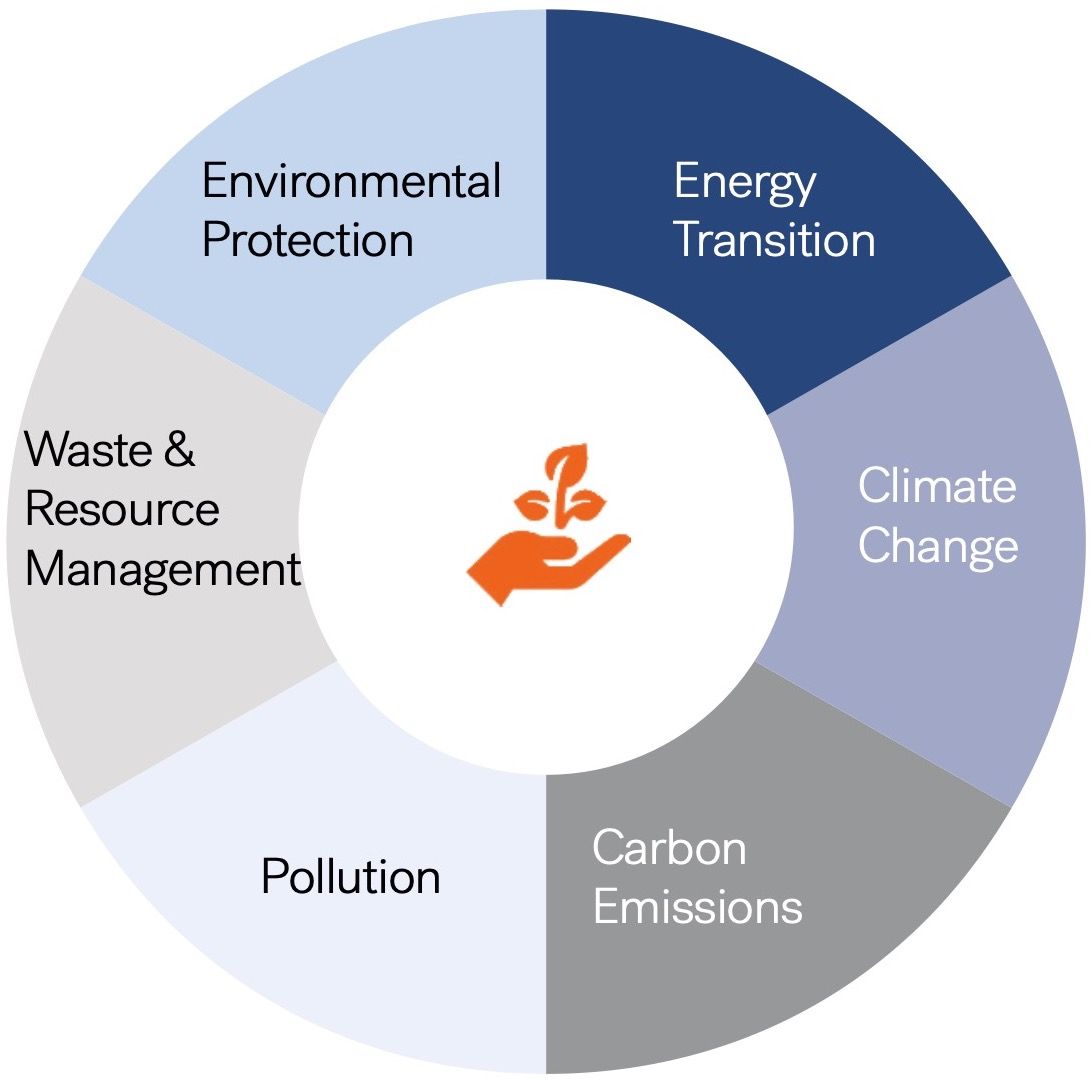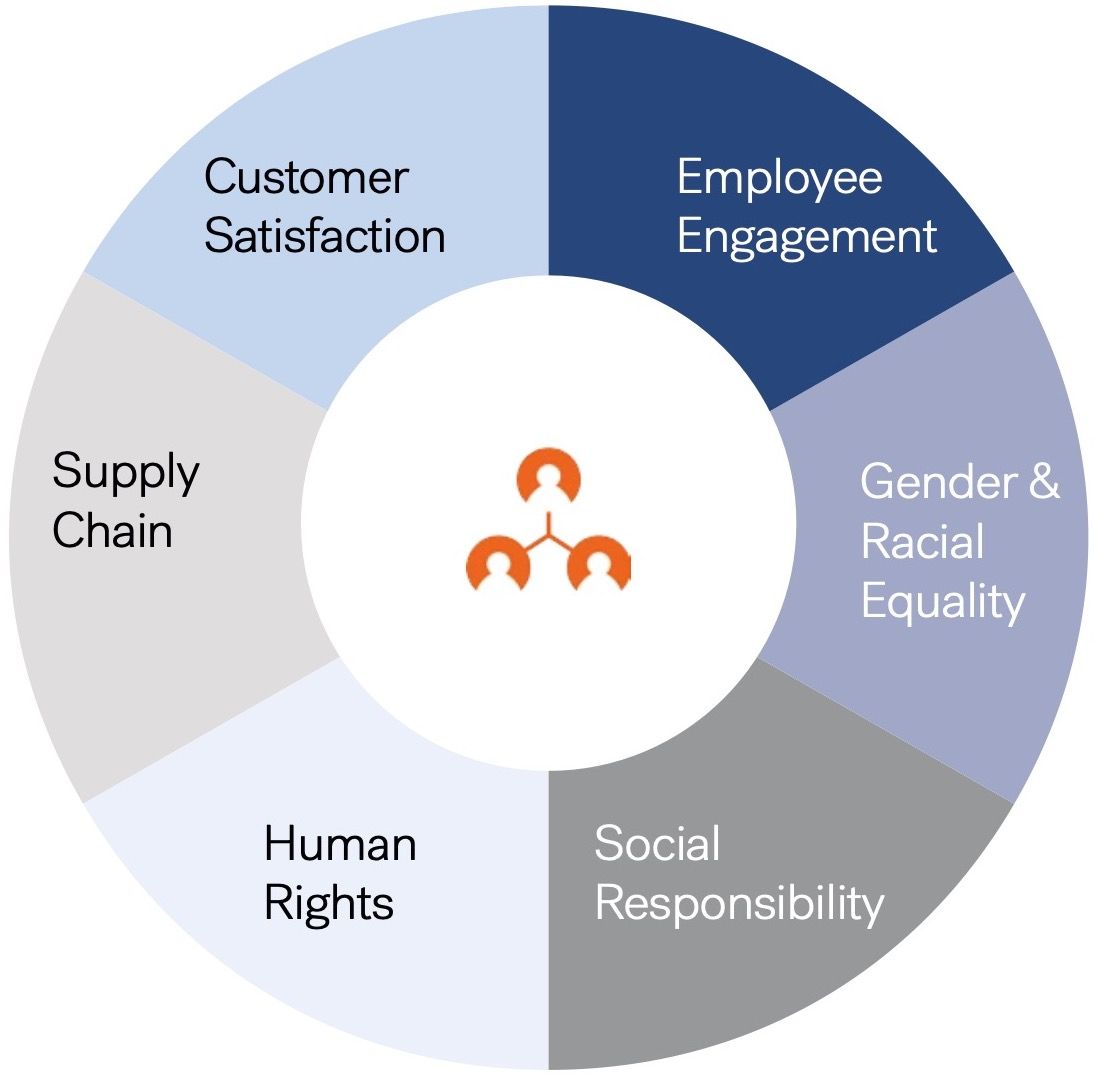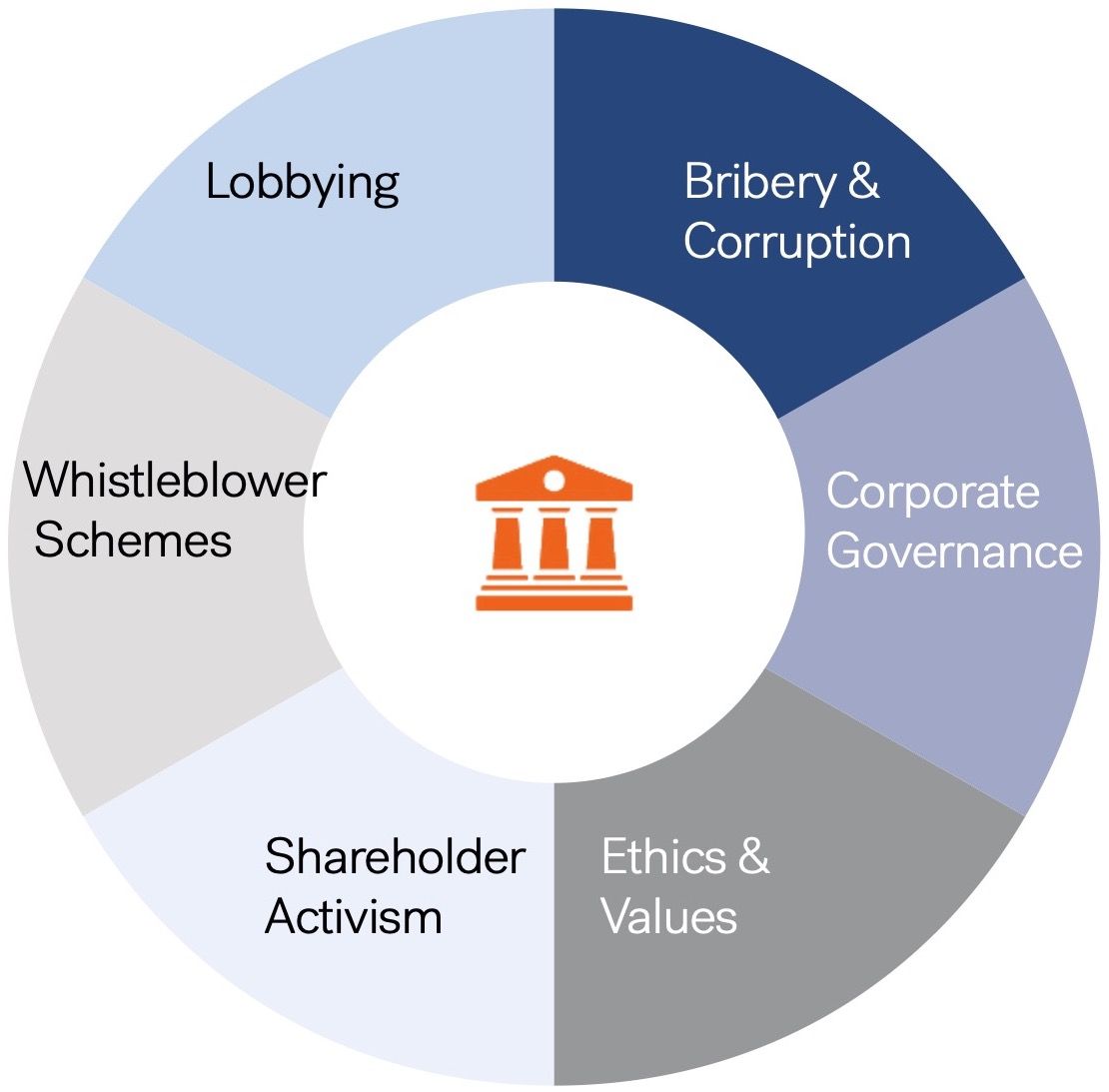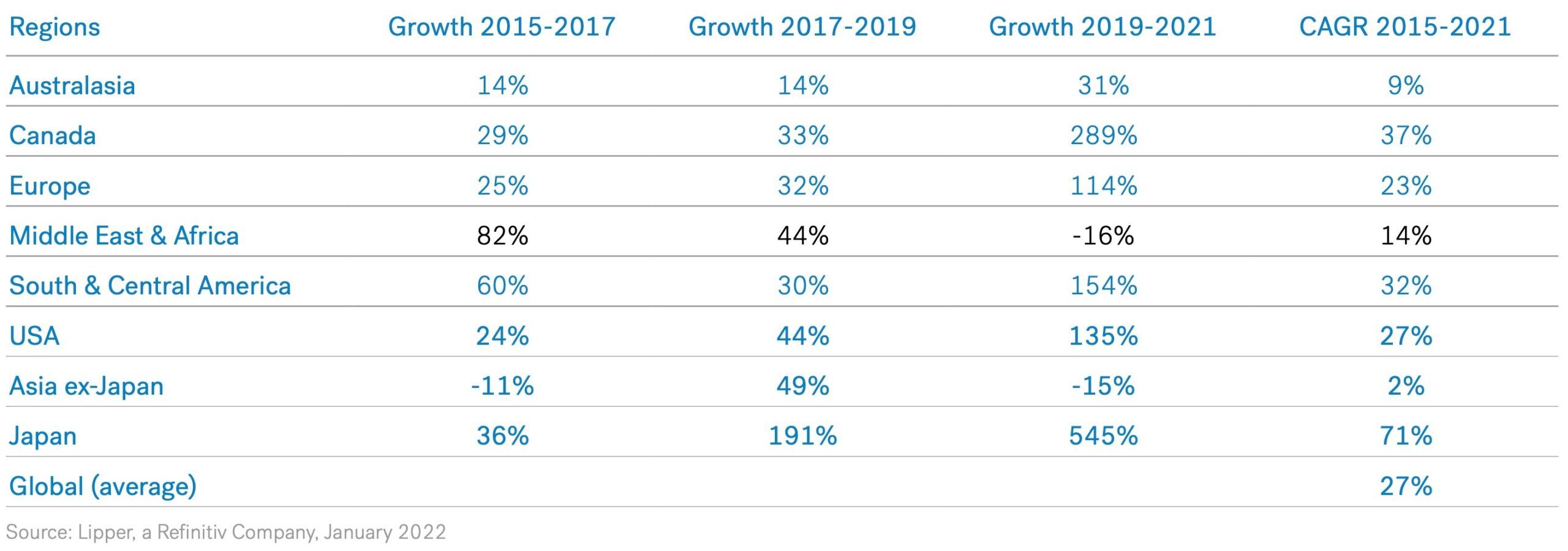PAF Insights
ESG
Edition 01
Importance of Environmental, Social and Governance
About
The report provides an insight into the importance of ESG in the current scenario. The report encompasses the relevance of ESG in today’s markets, how it has evolved over time and what the future looks like. The findings of the report are based on research conducted by Pan American Finance (PAF) and its research partner Alchemy Research and Analytics. The report provides the definition of ESG, the relevance of the same from corporates’ as well as investors’ perspective. The report starts with a high-level view on three core pillars of ESG – Environmental, Social and Governance, touching upon the evolution of ESG since beginning and analysing the implications of the same. It then provides a holistic view on the outlook and cites some of the important outcomes of a recent survey conducted by Deutsche Bank in the aftermath of the COP26. Finally, it tries to gauge the key parameters that will shape the future of ESG investment. Various datapoints were captured from the publications of multilateral institutions such as Deutsche Bank, JP Morgan, Forbes, Reuters etc. This was supplemented by news reports, trade journals and related sources.
This is the first of a series of editions with the aim of encompassing the importance of ESG factors in today’s markets.
The report is an outcome of a collaboration between PAF and its research partner Alchemy Research and Analytics and was completed between November and December 2022.
01 Introduction
The past decade has seen ESG investment on an unstoppable rise. ESG is non-negotiable today and is no longer regarded as aspirational to include in investment decisions.
Over $500 billion flowed into ESG-integrated funds in 2021, contributing to a 55% growth in assets under management in ESG-integrated products. ESG is definitely not a short-term fad and investor demand for sustainable investment funds that incorporate Environmental, Social and Governance (ESG) factors has grown through 2022 (USD2.47 trillion worth of assets has been invested in ESG funds through June 2022) and will continue well beyond.
However, ESG is still a slippery concept without widely accepted definitions, criteria and metrics. ESG rating of a single company can vary significantly between different credible credit-rating firms.
A host of proposed new corporate climate and sustainability reporting standards from the ISSB, EU, UK and US, among others, means companies will have to manage increasingly prescriptive driven, and potentially divergent ESG reporting requirements and heightened liability risks for their ESG disclosures.
The purpose of PAFs ESG Primer series is to provide a high-level view of the importance of ESG and its relevance in today’s markets. Through a series of subsequent publications, we would provide a holistic
view on current ESG reporting requirements, how global corporates are mobilizing capital in light of ESG requirements, lesson learnt for investors from recent incidents of greenwashing and finally excerpts of interviews taken with key ESG managers covering current corporate best practice standards.
We hope you will enjoy reading the first edition of our inaugural report on ESG, and we look forward to briefing you on the subsequent editions in the coming months.
Jeffery A. Safford
Managing Director
Pan American Finance
L. Warren Pimm, CFA
Partner, & Sr. Managing Director
Pan American Finance
02 ESG Overview
Environmental, Social, and Governance (ESG) criteria are a set of standards used by socially conscious investors to screen potential investments. Environmental criteria considers how a company safeguards the environment, including corporate policies addressing climate change etc. while Social criteria examines the management of relationships with employees, suppliers, customers, and the communities where it operates. Governance deals with a company’s leadership, executive pay, audits, internal controls, and shareholder rights. Investors are increasingly leaning towards applying ESG factors as part of their analysis process to identify material risk and growth opportunities. Although ESG metrics are not commonly a part of mandatory financial reporting, companies are increasingly making disclosures in their annual report or in a standalone sustainability report. Numerous institutions, such as the Sustainability Accounting Standards Board (SASB), the Global Reporting Initiative (GRI), and the Task Force on Climate-related Financial Disclosures (TCFD) are working to form standards and define materiality to facilitate the incorporation of these factors into the investment process.
Environment

Environmental criteria includes corporate climate policies, energy use, waste, pollution, natural resource conservation, and treatment of animals. It helps evaluate a company’s Environmental risks and how to manage them.
Considerations may include direct and indirect greenhouse gas emissions, toxic waste management, and Environmental regulations compliance.
However, companies and investors often lack a common framework for assessing their ESG risks and opportunities, exposing them to higher levels of financial risks.
For example, Alaskan oil and gas operators are facing long-term, existential threats to their infrastructures from thawing permafrost.
Social

Social Criteria looks at the company’s relationships with stakeholders.
Several factors like a company’s strengthsandweaknessesindealing with Social trends, labour, and politics can affect a company’s financial performance leading to short – long term challenges.
Geopolitical events are another major factor which comes under the category of ESG investing and conflicts like these can prevent companies from producing or distributing their products.
For example, Walmart Inc.’s move to stop selling certain guns and ammunition following a shooting at two of its stores in 2019 has helped the retailer to establish itself as a socially conscious company and also increase its attractiveness to ESG focused investors.
Governance

Governance criteria is related to the Governance factors of decision-making, from sovereigns’ policymaking to the distribution of rights and responsibilities among different participants in corporations, including the board of directors, managers, shareholders and stakeholders.
The often-forgotten Governance factor amid considerations of other factors has caused large corporates to suffer significant financial damage.
For example, Volkswagen’s emissions test scandal, and Facebook’s misuse of data have led them to suffer significant financial damage.
03 Evolution of ESG
ESG investing is growing exponentially as more and more investors and issuers are using ESG to support their investment decision-making. The practice of ESG investing dates back to the 1960s as socially responsible investing, with investors refraining from including stocks or entire industries in their portfolios based on business activities such as tobacco production or involvement in the South African apartheid regime. However, sustainable investing in its current form is recently gaining market momentum, driving large inflows in ESG-focused products.
According to a Lipper report, inflows into ESG-focused products have seen an average compounded annual growth rate (CAGR) of 27% in global assets under management (AUM) over the last 6 years. Particularly there has been a significant jump in AUM during the COVID-19 pandemic period.
Growth of AUM for ESG-centric Products in the Last Few Years

Pandemic’s Impact on the Future of ESG Investing

While ethical considerations and alignment with values still remain primary motivation for ESG investors, ESG investing has also evolved in recent years to consider financial materiality as well. Today institutional and retail investors align their investment strategies around socially responsible themes. Even certain public sector organizations look to incorporate ESG factors into the investment decision- making process alongside traditional financial analysis to generate long-term value.
The graph shows a J.P. Morgan poll with 50 global institutions, (a total of USD12.9 trillion in AUM) on how they assess the pandemic to impact the future of ESG investing.
Outlook
04. Core Pillars Shaping the Future of ESG Investment
The growing evidence that sustainable corporate practices link closely to performance is focusing investor and acquirer attention on ESG scores.
The combined score of E, S & G affects one’s license to operate as a business within the external world. This is the reason global corporate giants like Walmart and McDonald’s have named sustainability as a key priority moving forward. Financial institutions like Deutsche Bank has made vendor sustainability ratings mandatory.
This trend is poised to continue in the coming years, as a new report from Broadridge Financial Solutions predicts that ESG assets will tip $30 trillion by 2030.
However, in the modern internet age of unlimited information and transparency, labeling something as ESG-related without proper evidence or valuable insights is no longer accepted by investors.
The 5 core intersecting pillars discussed below would shape the future of ESG investment.

1
Investment research is increasingly focused on sustainable outcomes. The financial community realizes that a sustainable transition calls for double materiality assessments that account for the ways E, S, and G intersect.
